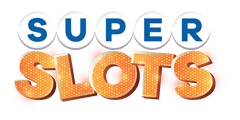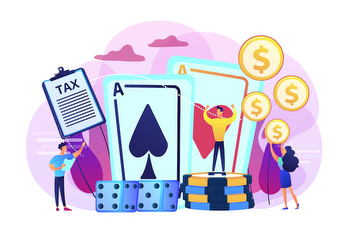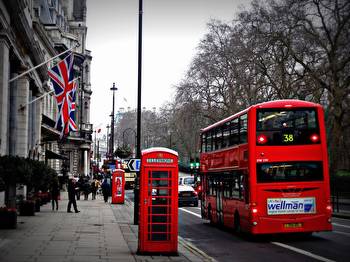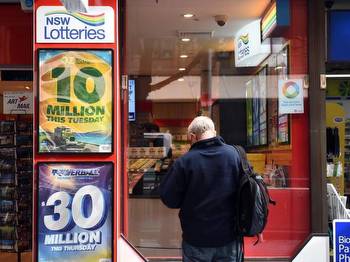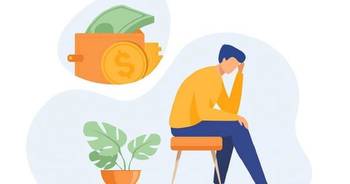French survey claims spike in underage gambling harms since 2014

The survey, conducted by addiction research and treatment body Société d’Entraide et d’Action Psychologique (SEDAP) in partnership with Montreal’s Concordia University, conducted Zoom-based research with 5,000 teenagers, aged between 15 and 17 years old.
More than a third of those surveyed (34.8%) said they had gambled at least once in the past twelve months.
The proportion of gamblers aged 15 to 17 remained roughly steady when compared to the results of the 2014 survey, in which 32.9% of young people said they had gambled in the past year.
Of the number that claimed to have gambled in the past year, the report claimed that 12.9% were classed as moderate-risk gamblers, and that 21.9% of that sample were classed as excessive gamblers, based on the Canadian Problem Gambling Index (CPGI). This combined figure marked a significant increase from the 11.0% of moderate to excessive underage players recorded in 2014.
The CPGI is a screening metric that assigns players a score based on their responses to a series of 9 questions about gambling. Those with a score of between 0 and 2 are considered no or low risk, while those whose scores range from 3 to 7 are classed as at moderate risk. Anything above 8 on the CPGI denotes excessive play and unhealthy gambling habits.
Respondents highlighted three prevalent problems from gambling; looking to recover losses, betting more money than the individual could afford to lose, and needing to bet more money for the same excitement from playing.
Of the 1,740 youths aged between 15 and 17 that said they gambled in the past year, the average age for their first time doing so was 13 years and three months. The first gambling product they engaged with tended to be scratchcards, followed by lottery games, then betting on sports.
Money for gambling generally came from pocket money. Of the 1,740, 51.9% said they used pocket money to gamble, with a further 33.0% saying they received money from their mother that was used for gambling.
There was significant evidence of increased exposure to gambling advertising, with almost nine out of ten (86.8%) of underage gamblers saying they had read, seen or heard promotions. This was primarily through the media (46.5%), followed by social networks (35.2%) and at points of sales (32.3%).
The most widely seen ads were for local sports betting and poker operator Winamax, national lottery operator La Française des Jeux and its subsidiary brands, followed by Betclic, Pari-Mutuel Urbain, Zebet and PokerStars.
“Gambling is infiltrating more and more into the daily life of minors, relayed by advertising and by a certain complicity of parents,” said ANJ president Isabelle Falque-Pierrotin. “Whether online or in the in person, combating underage gambling is now a major public policy issue because, as we know, the earlier gambling begins, the greater the risk of addiction.”
“The ANJ is determined to utilise all its resources to fight against these practices, including issuing sanctions. It is crucial that all stakeholders, such as parents, gambling operators, social networks and public authorities, take action.”
SEDAP managing director Emmanuel Benoit added that those aged between 15 and 17 were at an “emotionally fragile” point in life, and could therefore be vulnerable to developing unhealthy behaviours.
The regulator launched a public consultation on gambling advertising back in September, which followed a warning from the regulator to operators about advertising levels in the wake of Euro 2020. ANJ’s annual review of responsible gaming action plans then warned there was “substantial progress” still to be made by the industry in that regard.
ANJ partnered with l’Union nationale des associations familiales (UNAF) in 2020 in an effort to help protect children and young people in the country from gambling-related harm.
